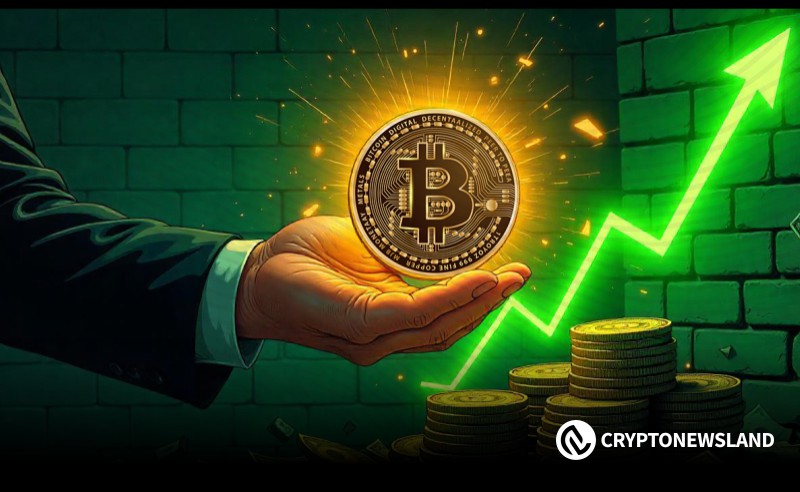
Coin-related
Price calculator
Price history
Price prediction
Technical analysis
Coin buying guide
Crypto category
Profit calculator

UniFi Protocol priceUP
How do you feel about UniFi Protocol today?
Price of UniFi Protocol today
What is the highest price of UP?
What is the lowest price of UP?
UniFi Protocol price prediction
What will the price of UP be in 2026?
What will the price of UP be in 2031?
UniFi Protocol price history (USD)
 Lowest price
Lowest price Highest price
Highest price 
UniFi Protocol market information
UniFi Protocol's market cap history
UniFi Protocol holdings by concentration
UniFi Protocol addresses by time held

UniFi Protocol ratings
About UniFi Protocol (UP)
The UniFi Protocol is a cryptocurrency that has gained significant attention and popularity in the world of digital assets. Launched in (year), UniFi Protocol stands out due to its innovative features and contributions to the cryptocurrency space. One of the key features of UniFi Protocol is its ability to provide decentralized finance (DeFi) solutions. DeFi refers to a system that enables traditional financial services to operate without the need for intermediaries such as banks or brokers. UniFi Protocol has leveraged this technology to create a more inclusive and accessible financial system, allowing users to engage in activities such as lending, borrowing, and trading directly on the blockchain. Additionally, UniFi Protocol prioritizes security and stability. Its underlying blockchain technology ensures that transactions are immutable and secure, reducing the risk of manipulation or fraud. The protocol also employs smart contract functionality, which enables the execution of self-executing contracts without the need for intermediaries, further enhancing trust and transparency within the ecosystem. Furthermore, UniFi Protocol demonstrates a commitment to community governance. This means that token holders have the ability to participate in decision-making processes regarding the protocol's development and future upgrades. This democratic approach empowers users and encourages active engagement and collaboration within the UniFi community. In terms of utility, the UniFi token serves multiple purposes within the ecosystem. It can be used to pay for transaction fees, participate in yield farming, and stake for governance rights. Moreover, the token serves as a medium of exchange within the UniFi ecosystem, facilitating peer-to-peer transactions and enabling users to access various DeFi services. The significance of UniFi Protocol lies in its ability to disrupt traditional financial systems and democratize access to financial services. By leveraging the power of blockchain and DeFi, it provides individuals with greater financial control and autonomy, allowing them to participate in a more inclusive and transparent global economy. In conclusion, UniFi Protocol is an innovative cryptocurrency that offers decentralized finance solutions while prioritizing security, community governance, and utility. Its emergence and significance within the cryptocurrency space have paved the way for a more accessible and democratic financial future.
UP to local currency
- 1
- 2
- 3
- 4
- 5
UniFi Protocol news


Trump reveals crypto reserve strategy, stablecoin regulation, and U.S. leadership goals at crypto summit.Clear Rules Ahead: Stablecoin Regulation FrameworkMaking the U.S. the Global Crypto Capital



Buy more
FAQ
What is the current price of UniFi Protocol?
What is the 24 hour trading volume of UniFi Protocol?
What is the all-time high of UniFi Protocol?
Can I buy UniFi Protocol on Bitget?
Can I get a steady income from investing in UniFi Protocol?
Where can I buy UniFi Protocol with the lowest fee?
Where can I buy crypto?
Video section — quick verification, quick trading

UP resources
Bitget Insights




Related assets


































